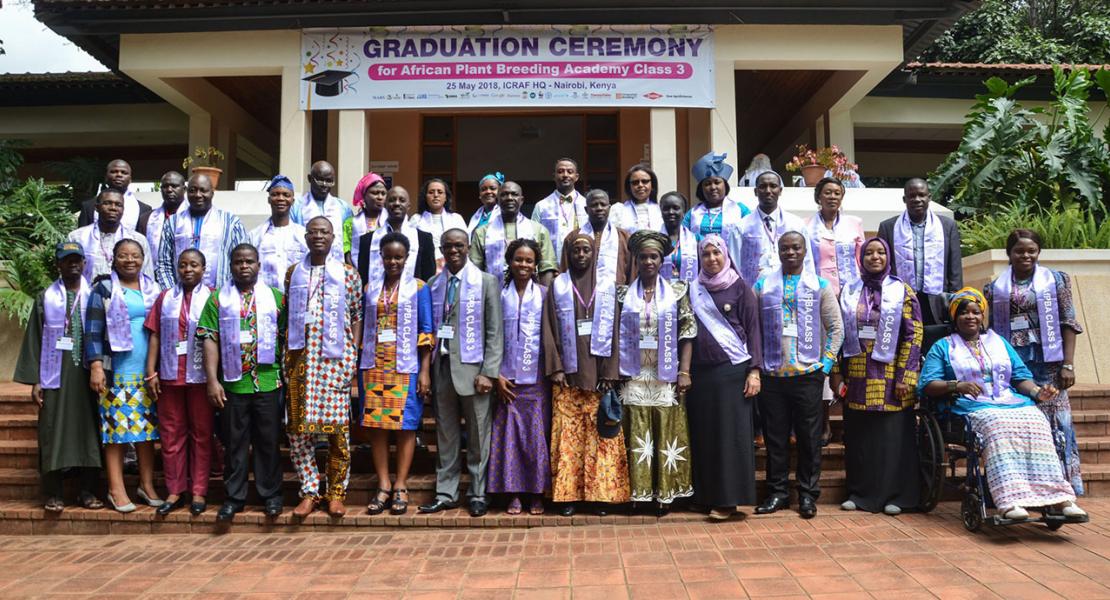African Orphan Crops
Sequencing, assembling and annotating the genomes of 100 traditional African food crops.
The consortium’s goal is to sequence, assemble and annotate the genomes of 100 traditional African food crops, which will enable higher nutritional content for society over the decades to come. The resulting information will be put in the public domain with the endorsement of the African Union.




